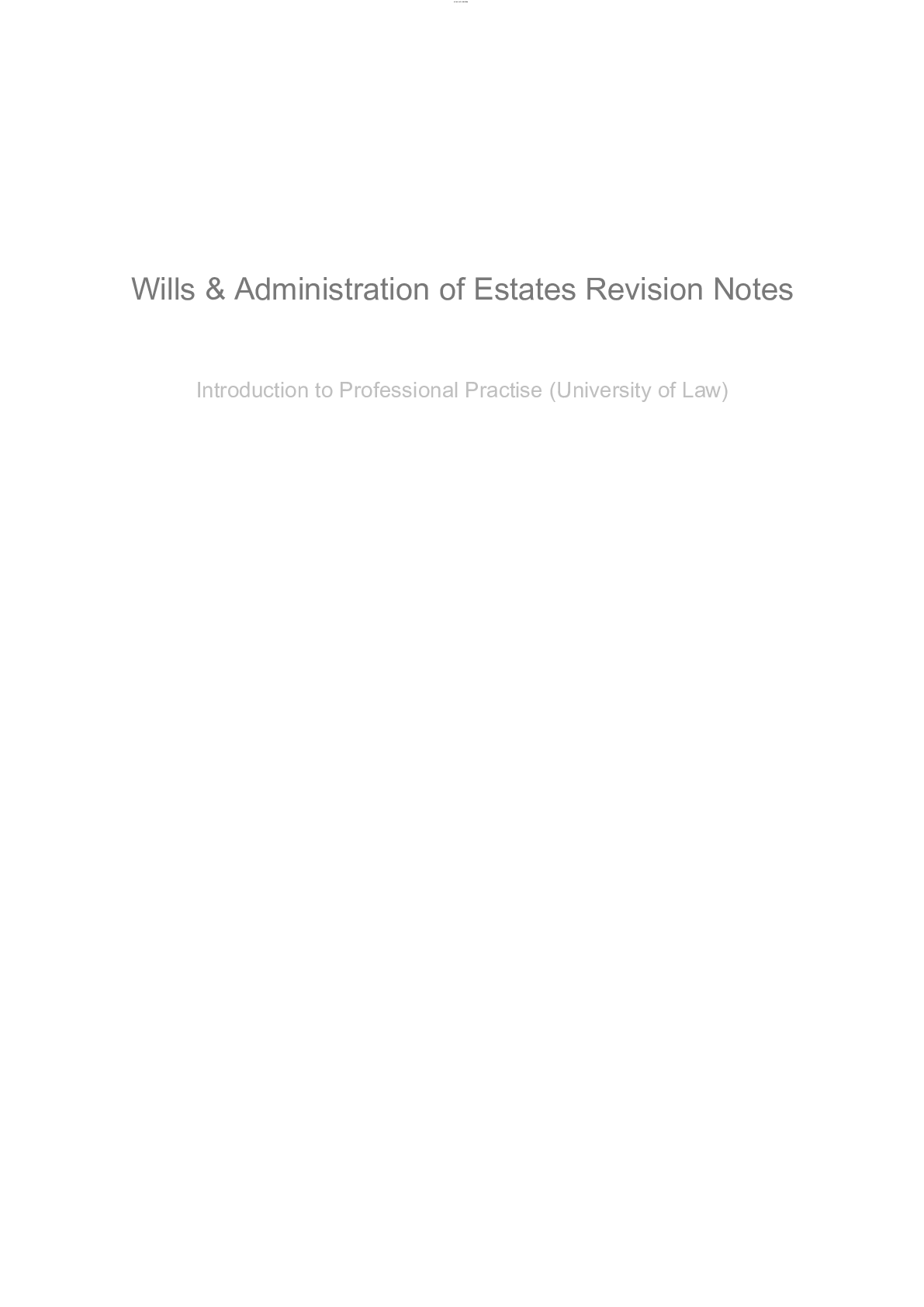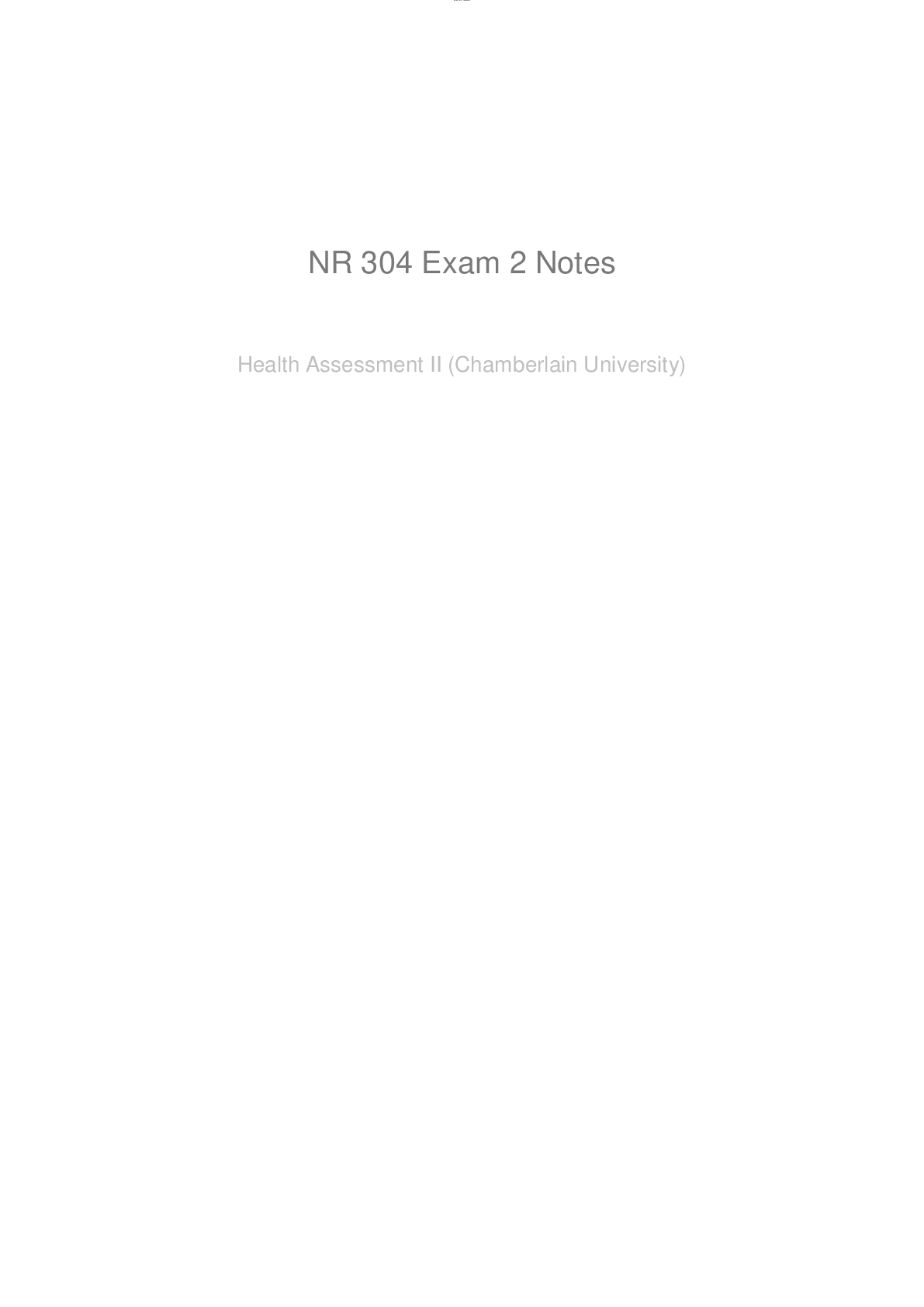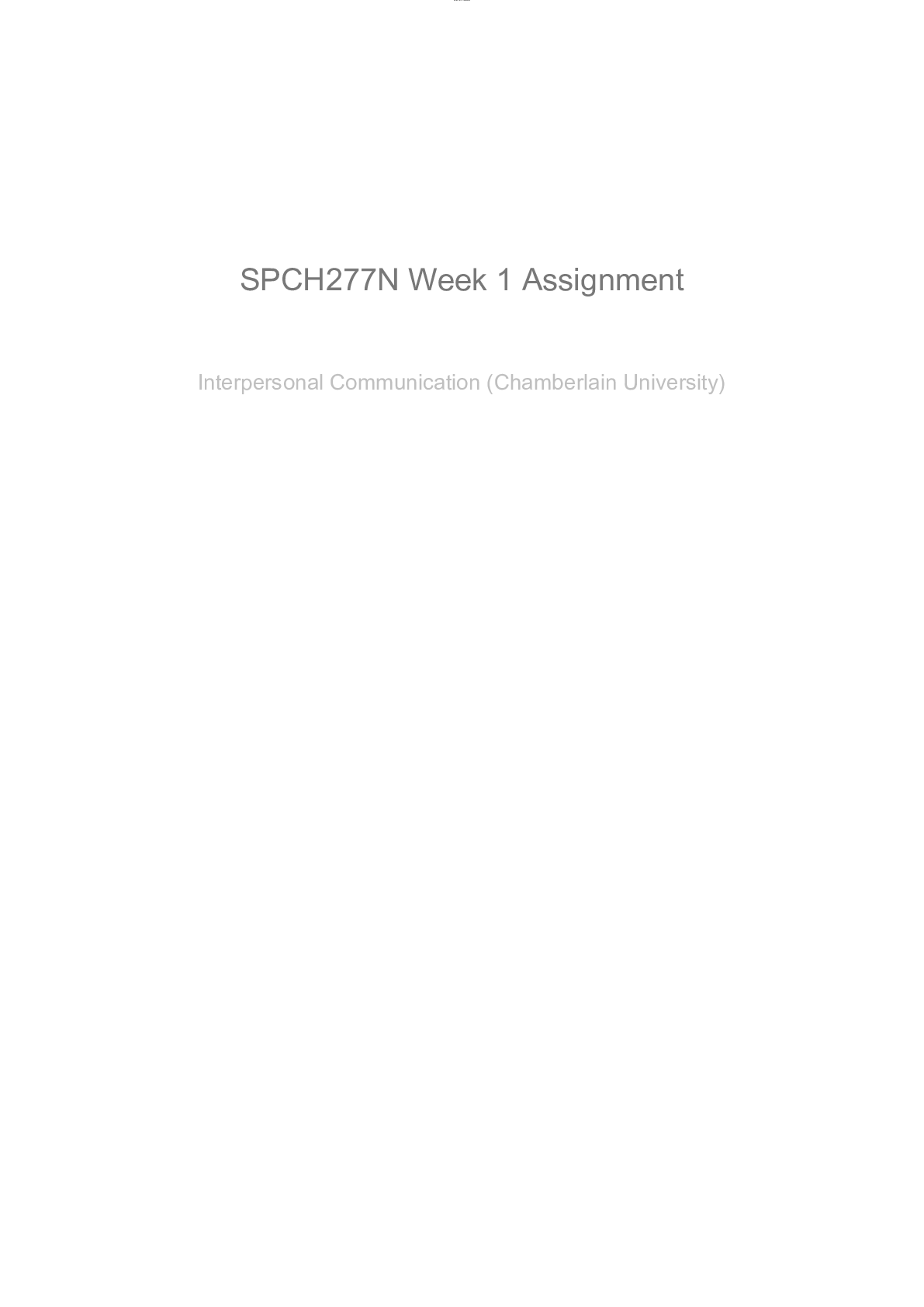*NURSING > Study Notes > COMPLEX CR NR 341 Critical care exam 2 personal notes[TIP – THIS EXAM HAD A LOT OF DRUGS ON IT. LE (All)
COMPLEX CR NR 341 Critical care exam 2 personal notes[TIP – THIS EXAM HAD A LOT OF DRUGS ON IT. LEARN DRUGS IN THIS CHAPTER AND THE SHOCK CHAPTER. VERY IMPORTANT TO UNDERSTAND WHICH DRUG DOES WHAT AND WHICH ONE YOU WOULD GIVE OPPOSED TO ANOTHER]
Document Content and Description Below
ANA: The sympathetic nervous system releases norepinephrine, which has alpha- and betaadrenergic effects. Alpha-adrenergic effects cause arterial vasoconstriction. Beta-adrenergic effects increase s... inus node discharge (positive chronotropic), increase the force of contraction (positive inotropic), and accelerate the AV conduction time (positive dromotropic). The parasympathetic nervous system releases acetylcholine through stimulation of the vagus nerve. It causes a decrease in the sinus node discharge and slows conduction through the AV node. The blood supply to the myocardium is derived from the coronary arteries NOT ON EXAM S1: best heard at the apex of the heart (fifth intercostal space, left midclavicular line) and represents the beginning of ventricular systole. S2: It has been described as “dub” and is caused by closure of the pulmonic and aortic valves. It is best heard at the second intercostal space at the left or right sternal border and represents the beginning of ventricular diastole. The first and second heart sounds are best heard with the diaphragm of the stethoscope. S3: S3 or ventricular or protodiastolic gallop, is a normal variant in young adults, but usually abnormal the older adult. The sound is caused by rapid left ventricular filling and may be produced at the time when the heart is already overfilled or poorly compliant. The S3 sound is low pitched and can best be heard with the bell of the stethoscope at the fifth intercostal space, at the left midclavicular line. It occurs immediately after S 2. Together with S1 and S2, S3 produces a “lub-dubba” or “ken-tuk'e” sound. S3 is often heard in patients with HF or fluid overload. S4: Presystolic or atrial gallop, is produced from atrial contraction that is more forceful than normal. Together with S 1 and S2, S4produces a “te-lubb-dubb” or “ten'-ne-see” sound. S4 can be normal in elderly patients, but it is often heard after an acute myocardial infarction (AMI), when the atria contract more forcefully against ventricles distended with blood. In the severely failing heart, all four sounds (S4, S1, S2, and S3) may be heard, producing a “gallop” rhythm (quadruple gallop), so named because it sounds like the hoof beats of a galloping horse. [Show More]
Last updated: 1 year ago
Preview 1 out of 12 pages
Instant download
.png)
Instant download
Reviews( 0 )
Document information
Connected school, study & course
About the document
Uploaded On
Jun 23, 2021
Number of pages
12
Written in
Additional information
This document has been written for:
Uploaded
Jun 23, 2021
Downloads
0
Views
66

.png)
.png)
.png)
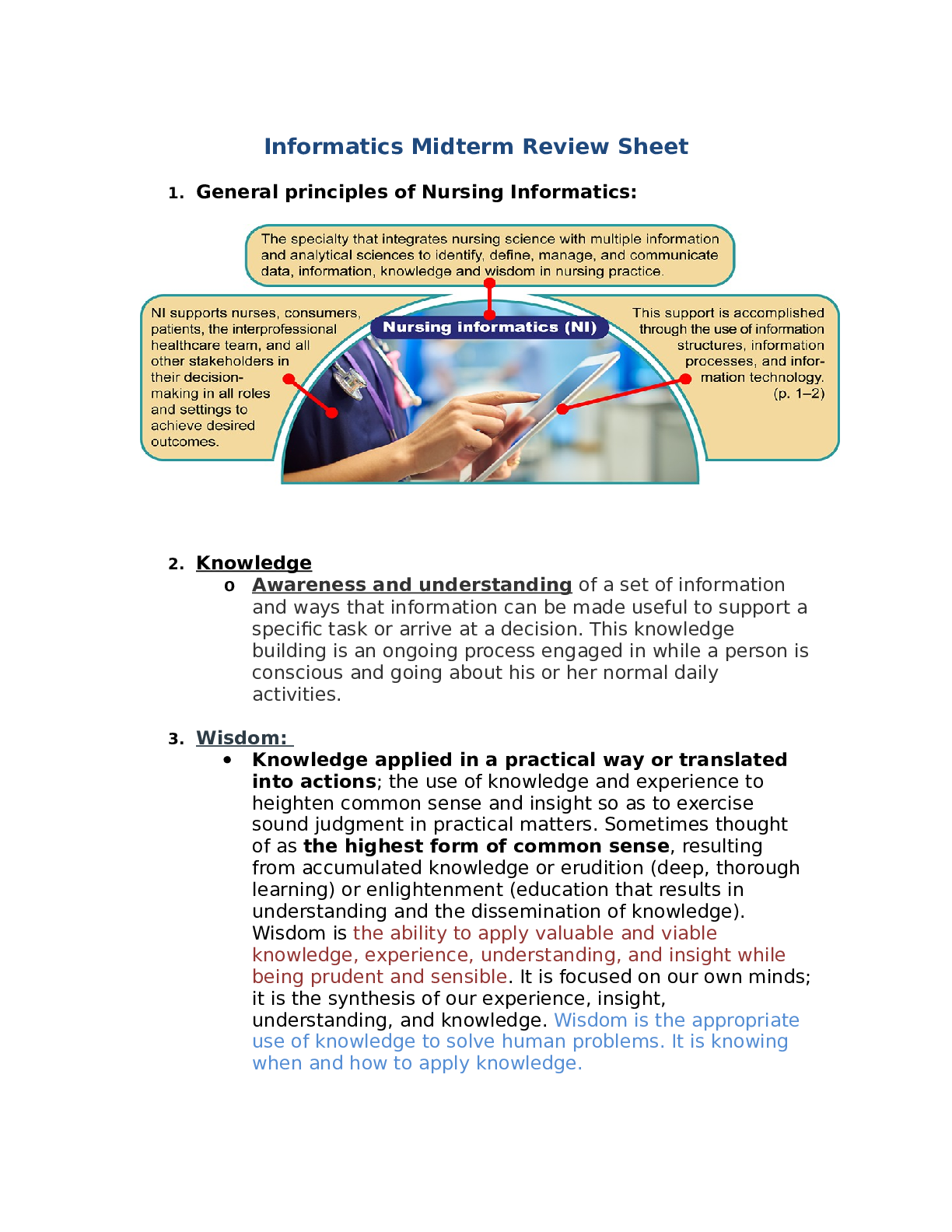


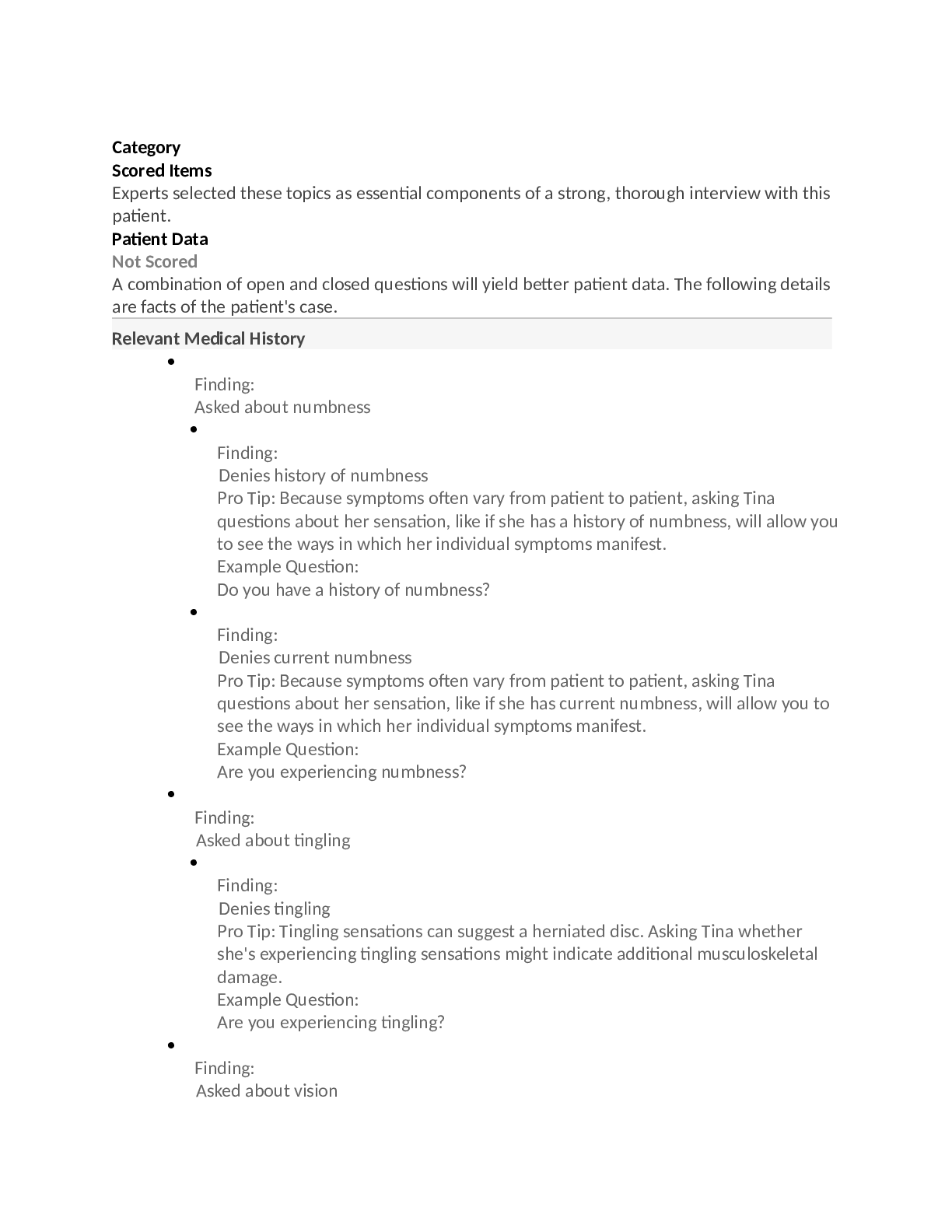
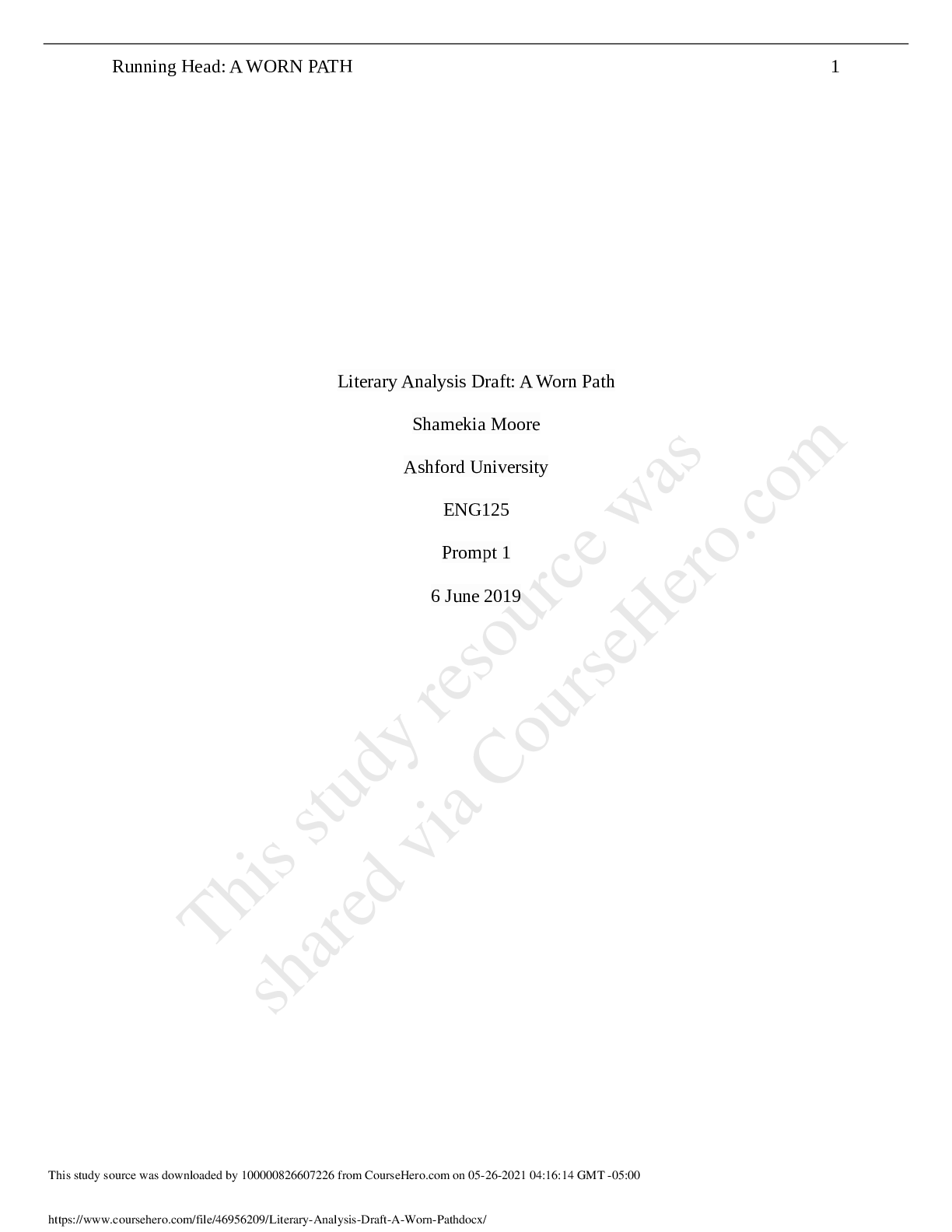
.png)

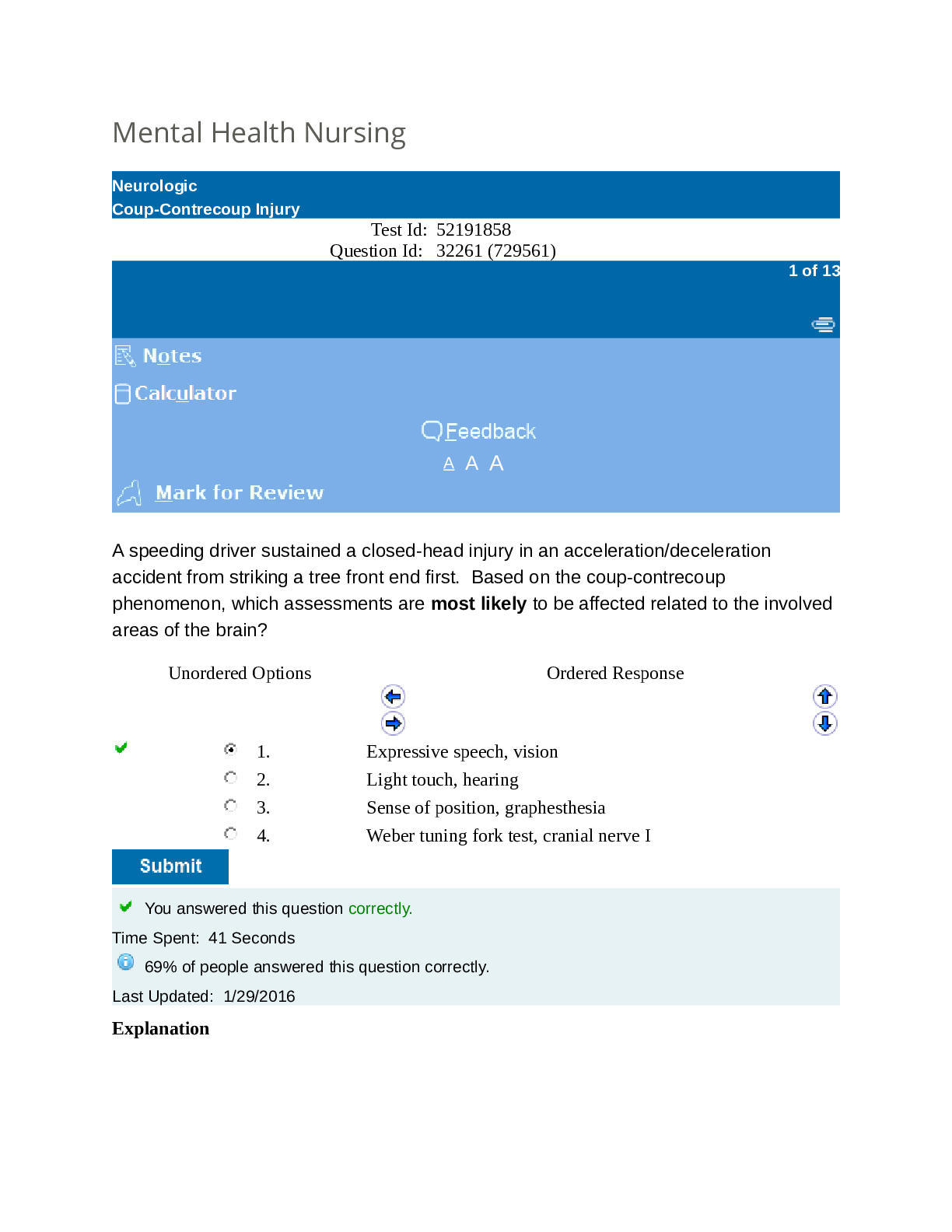
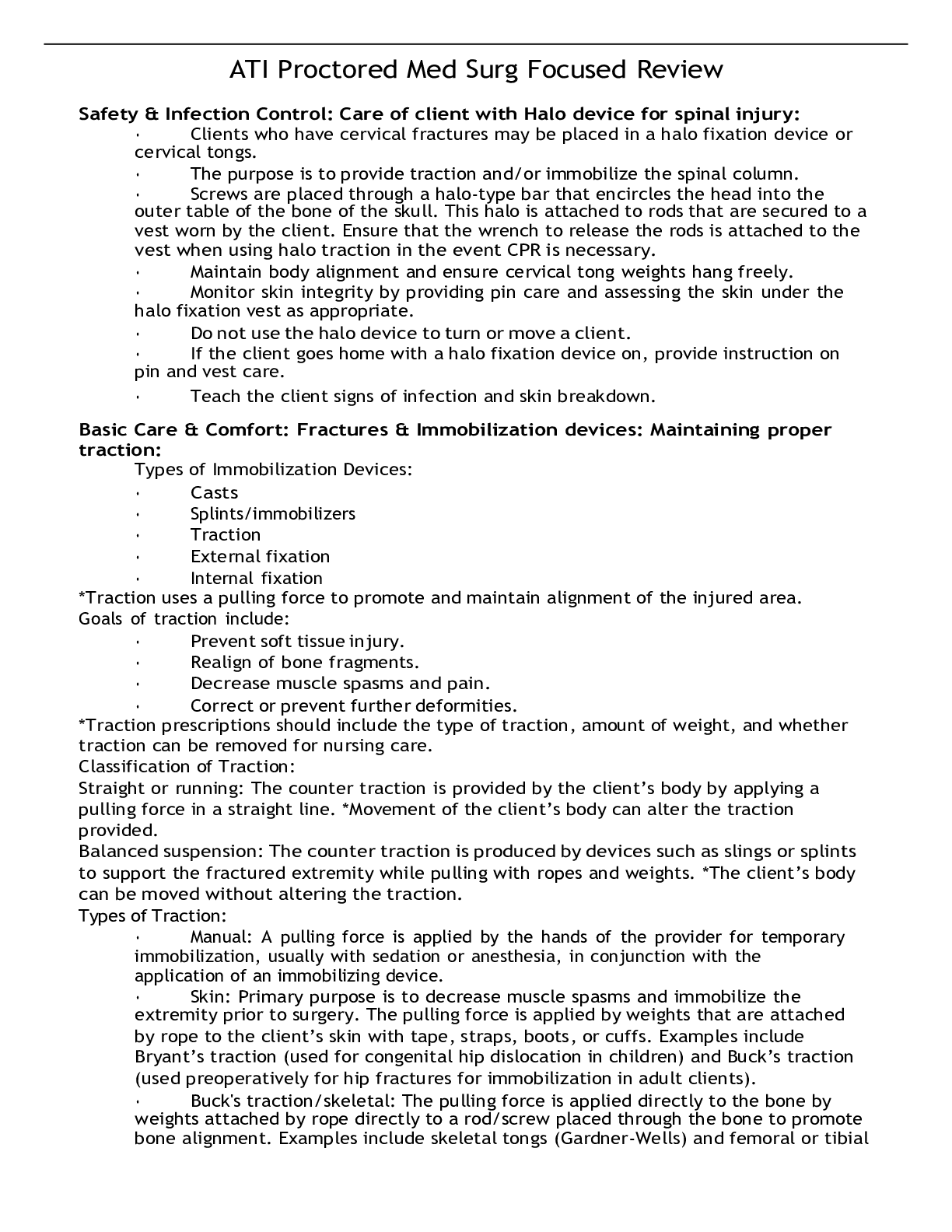



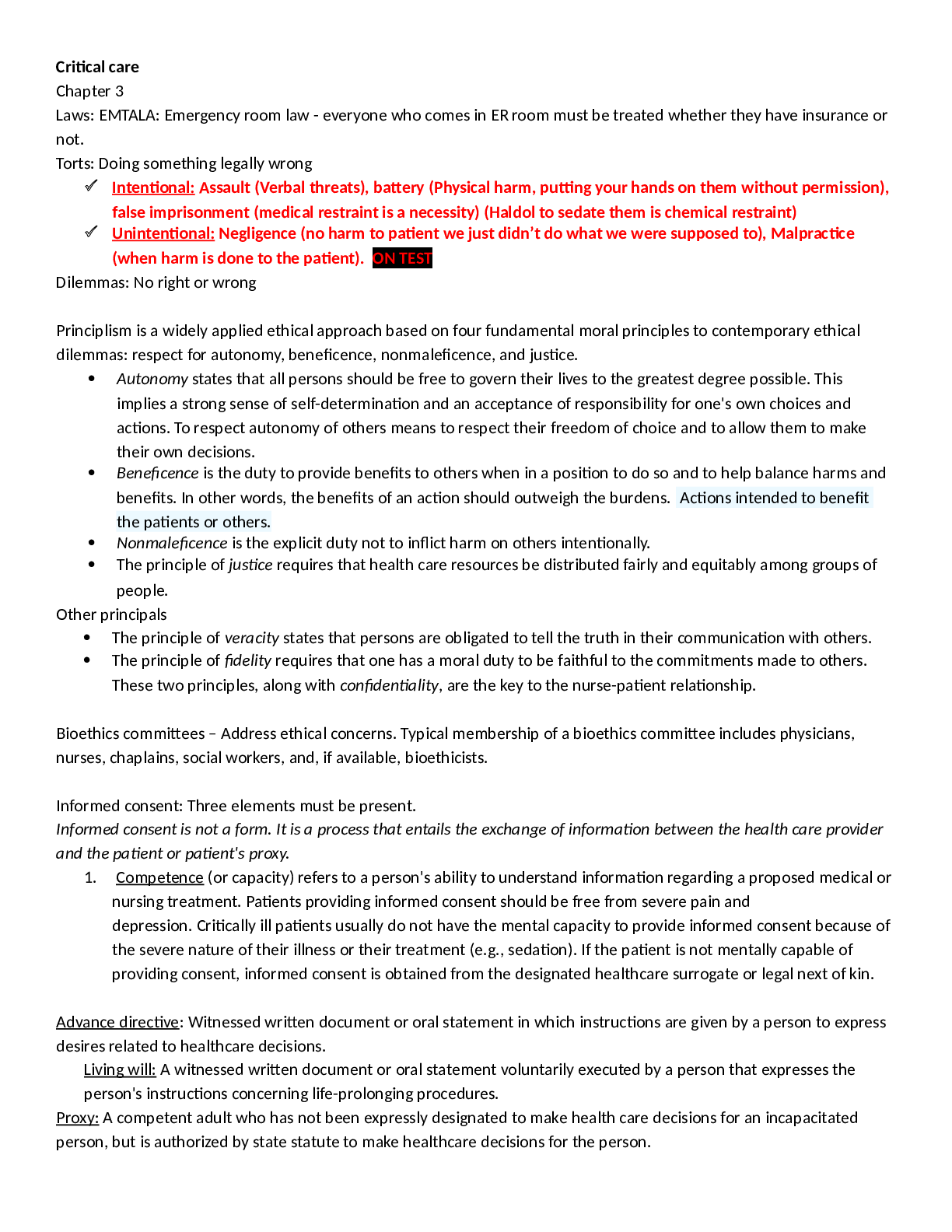
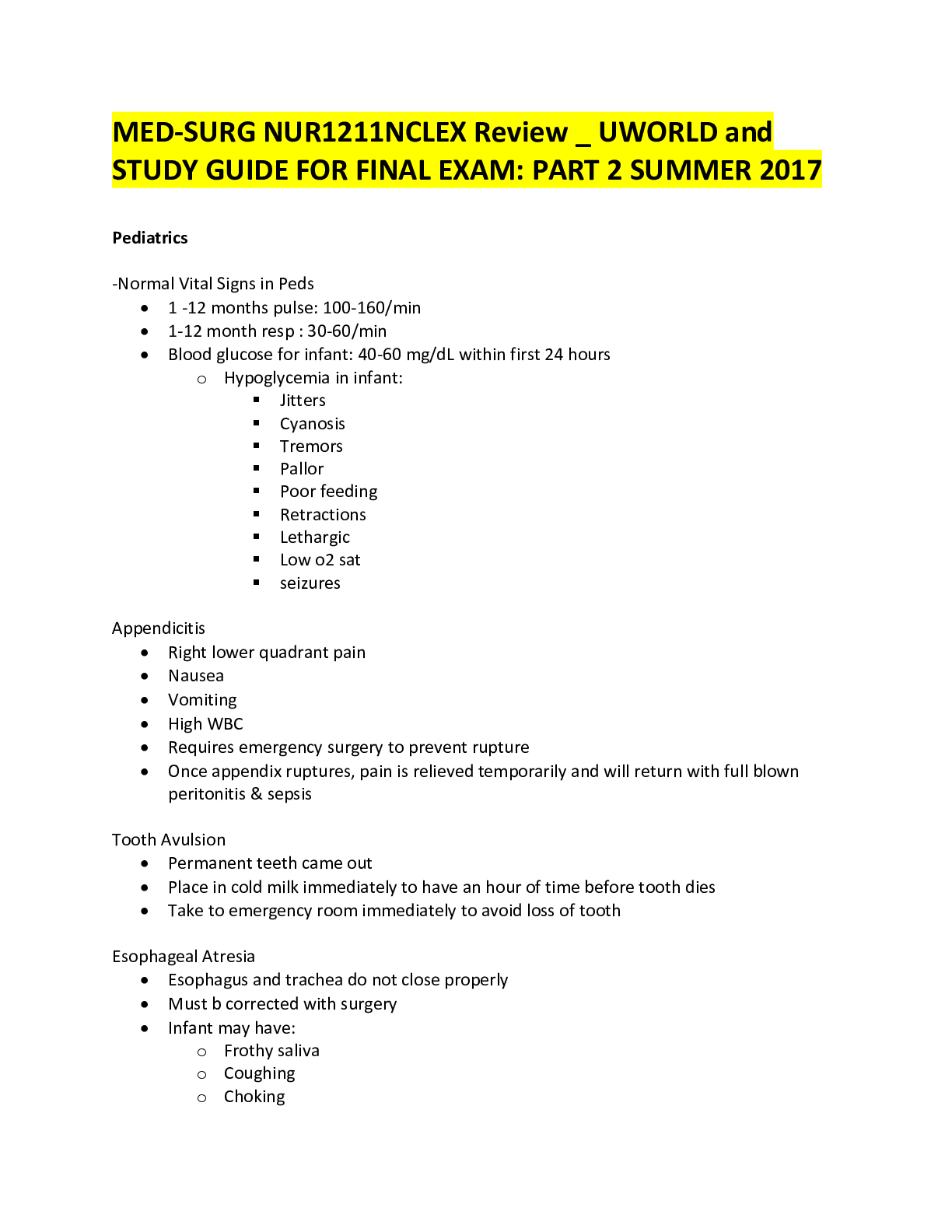
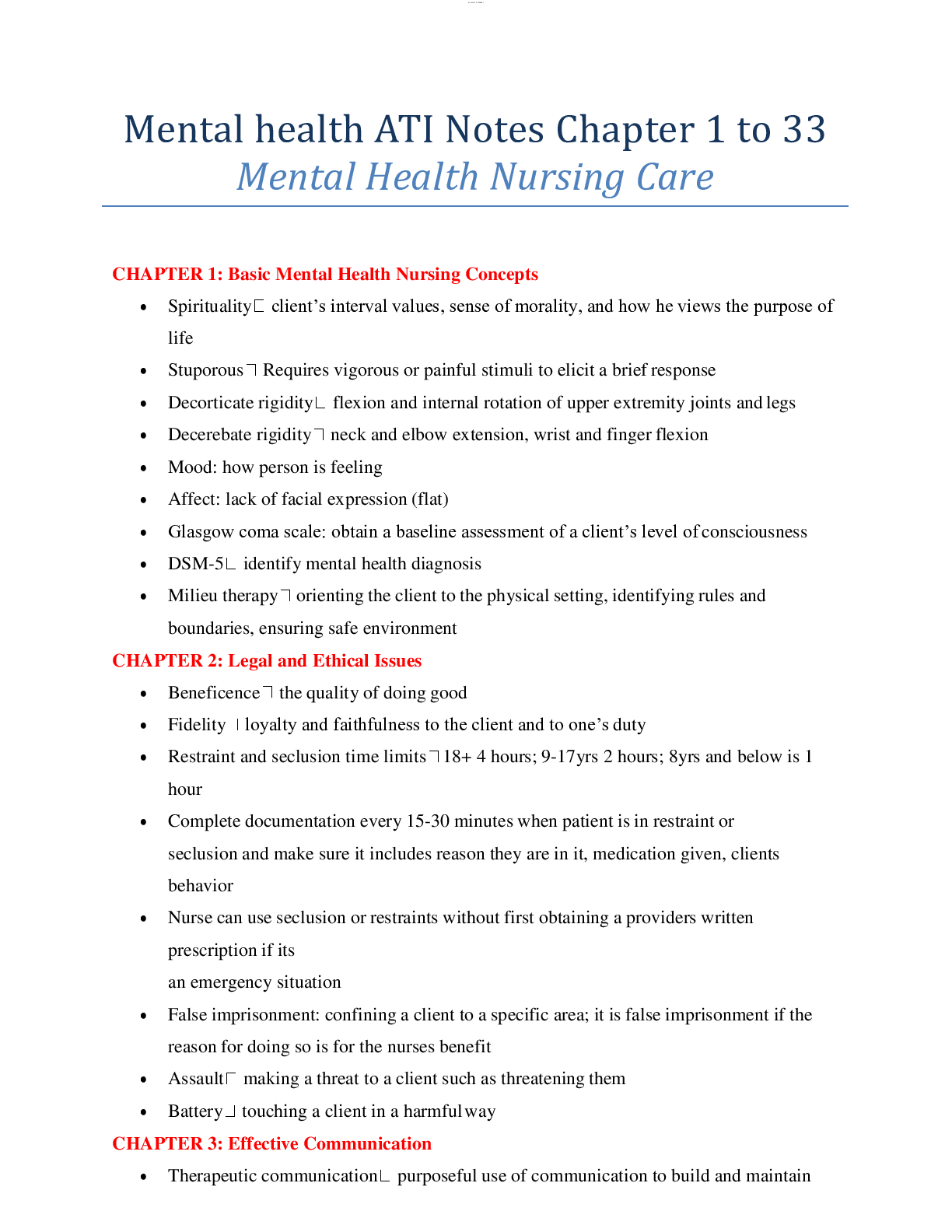
.png)
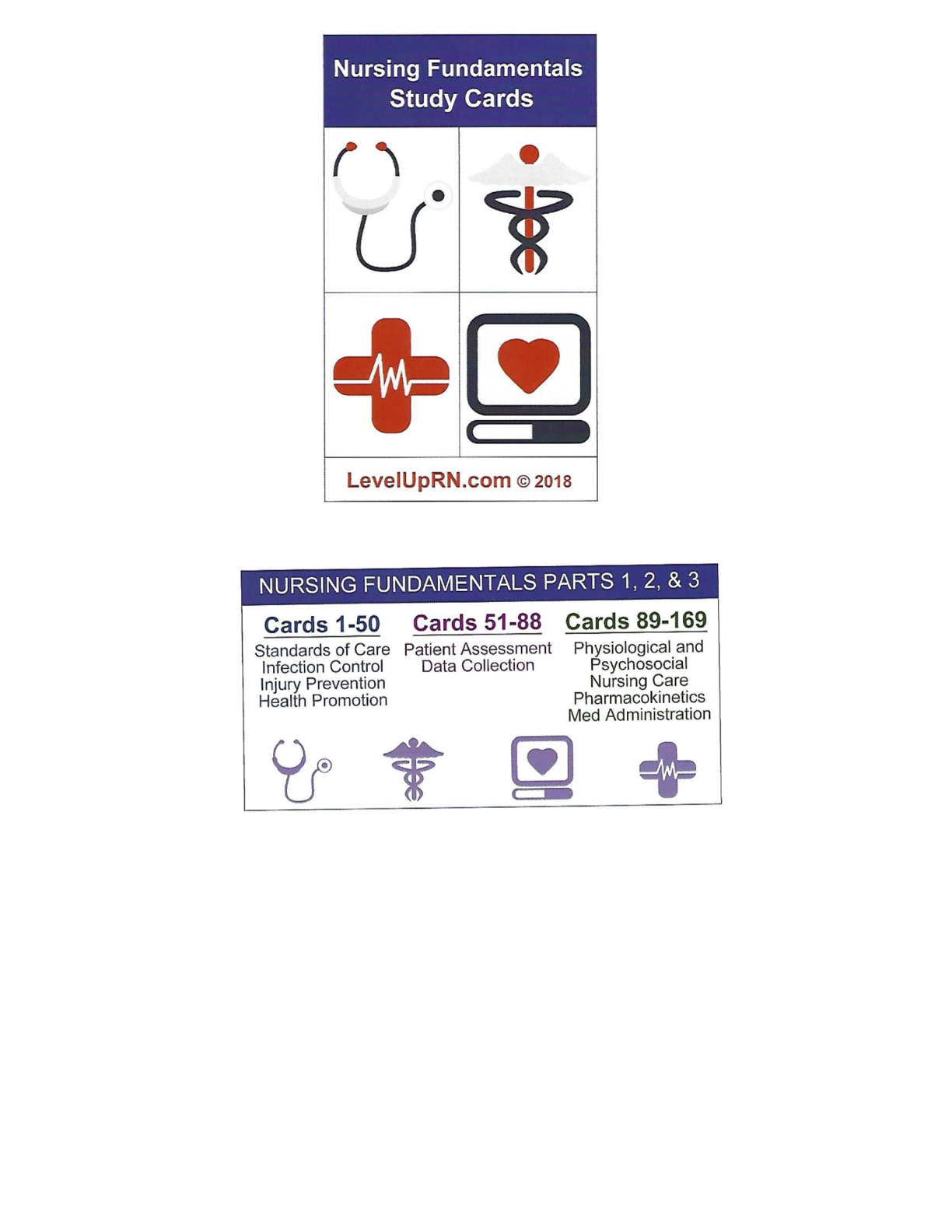

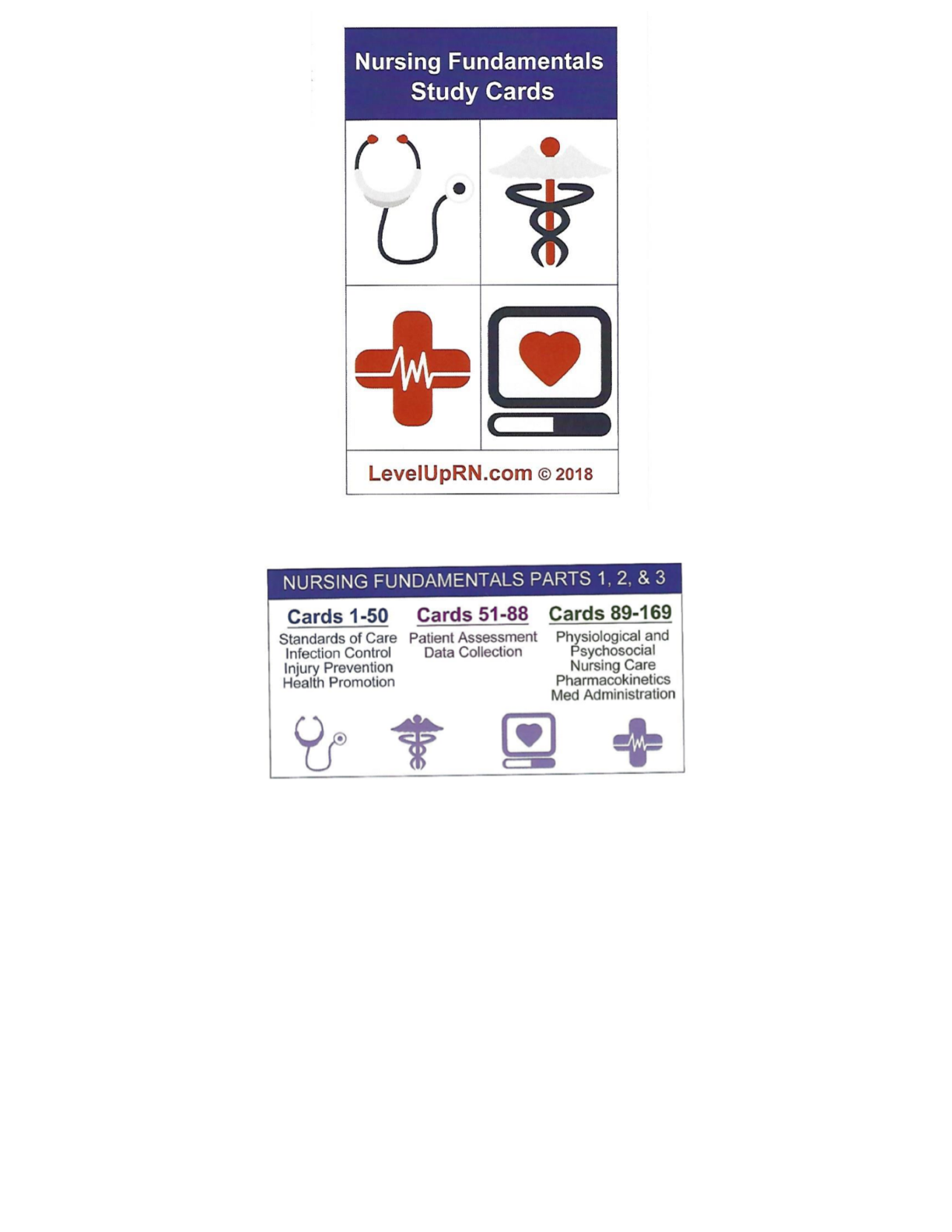
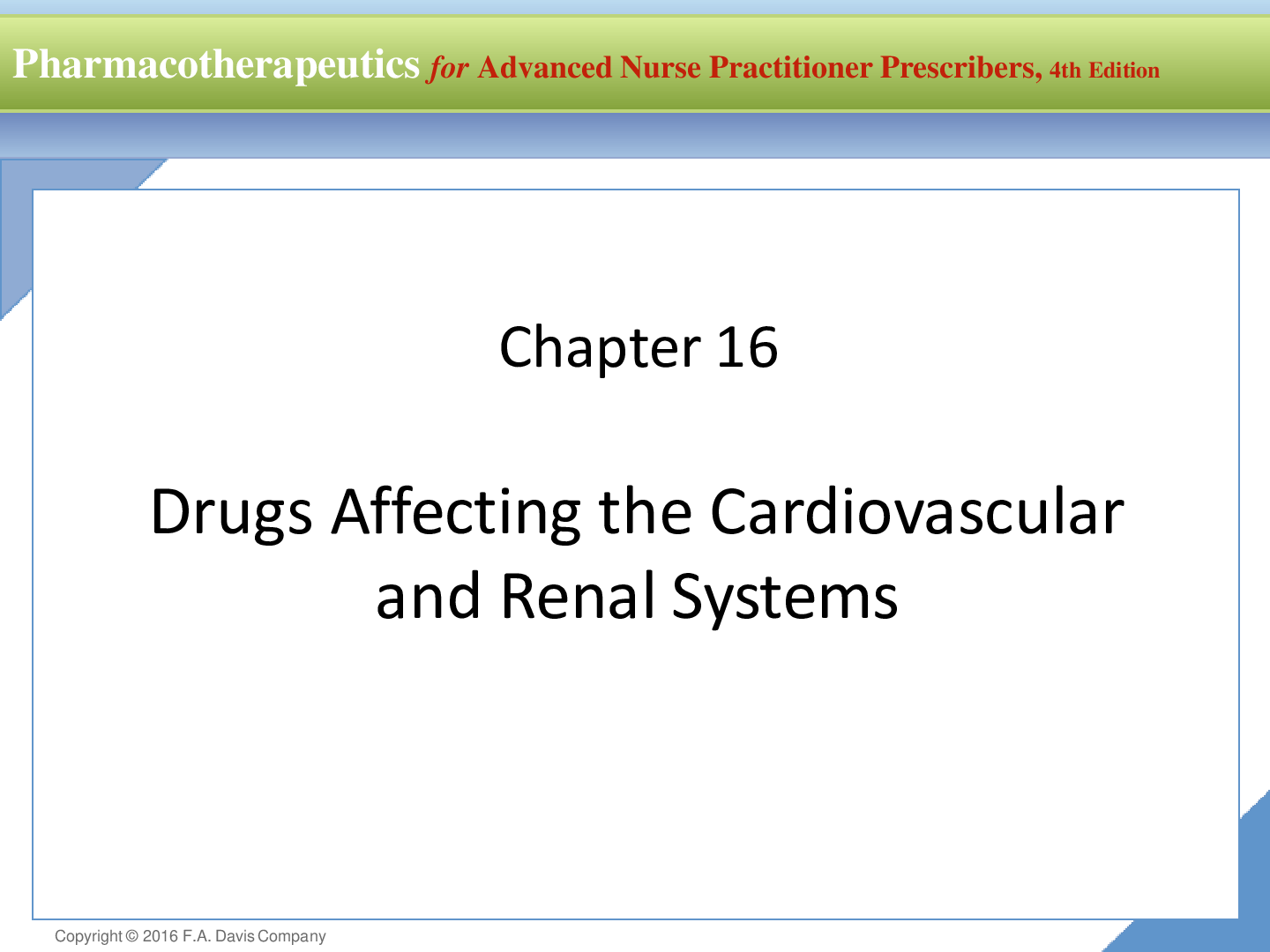
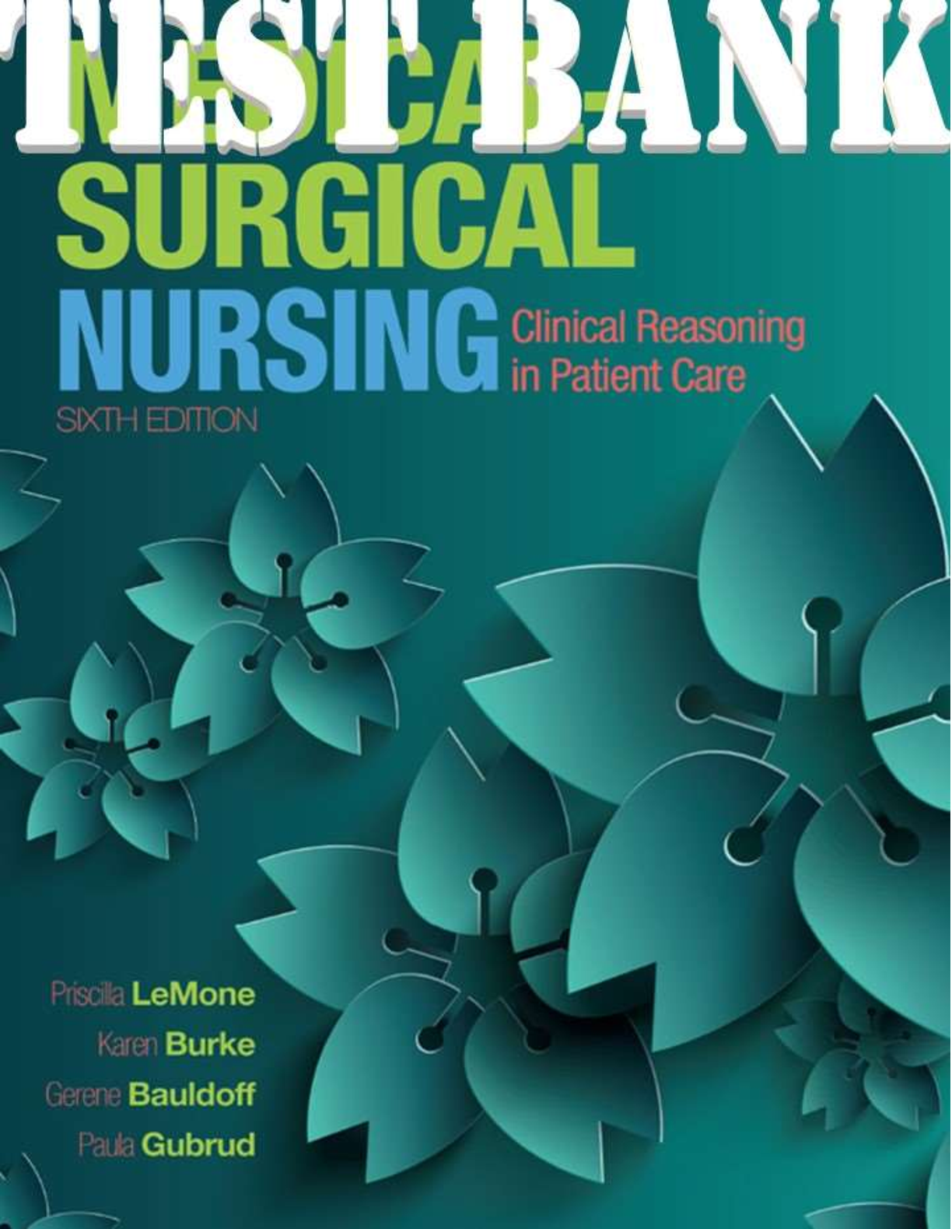
.png)
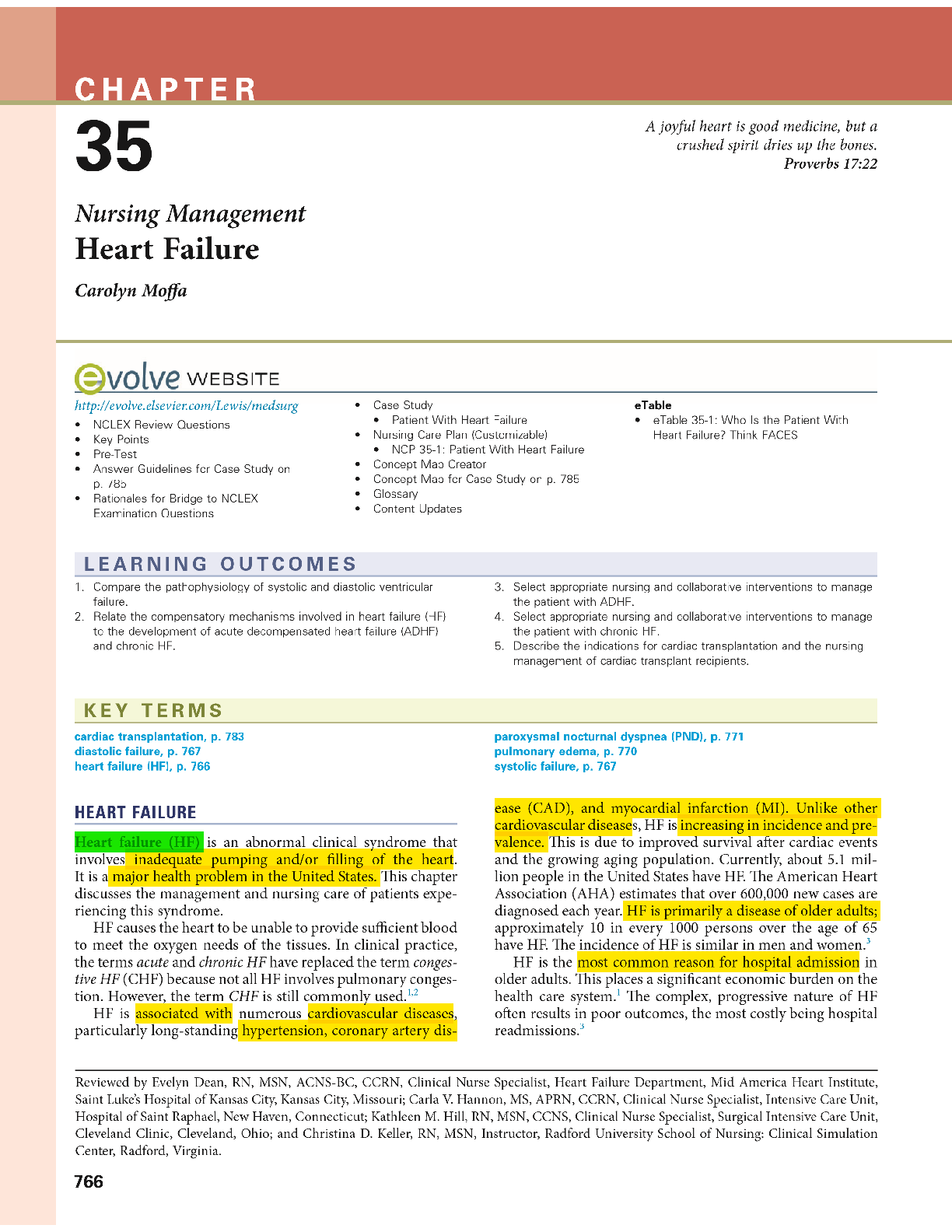
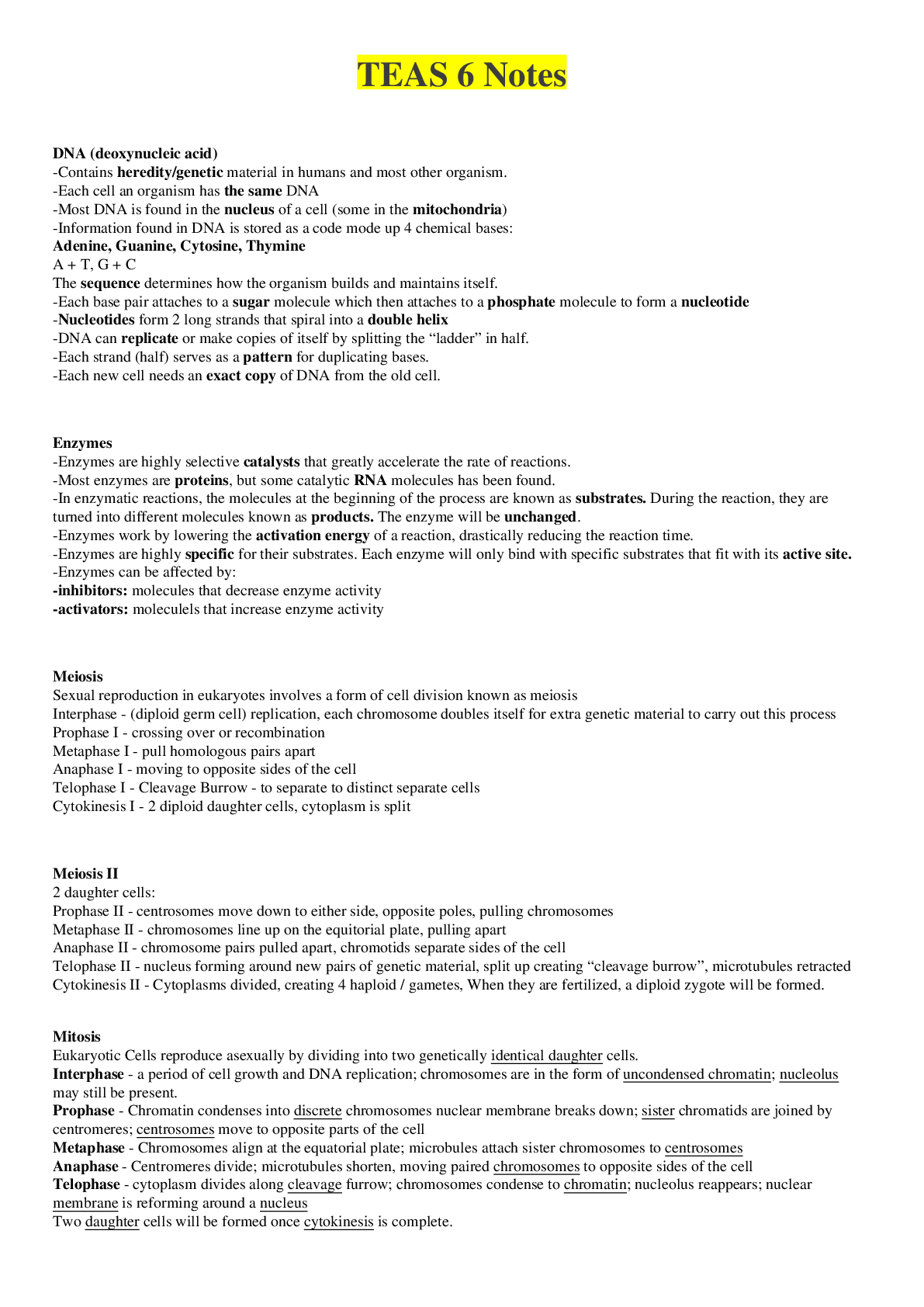
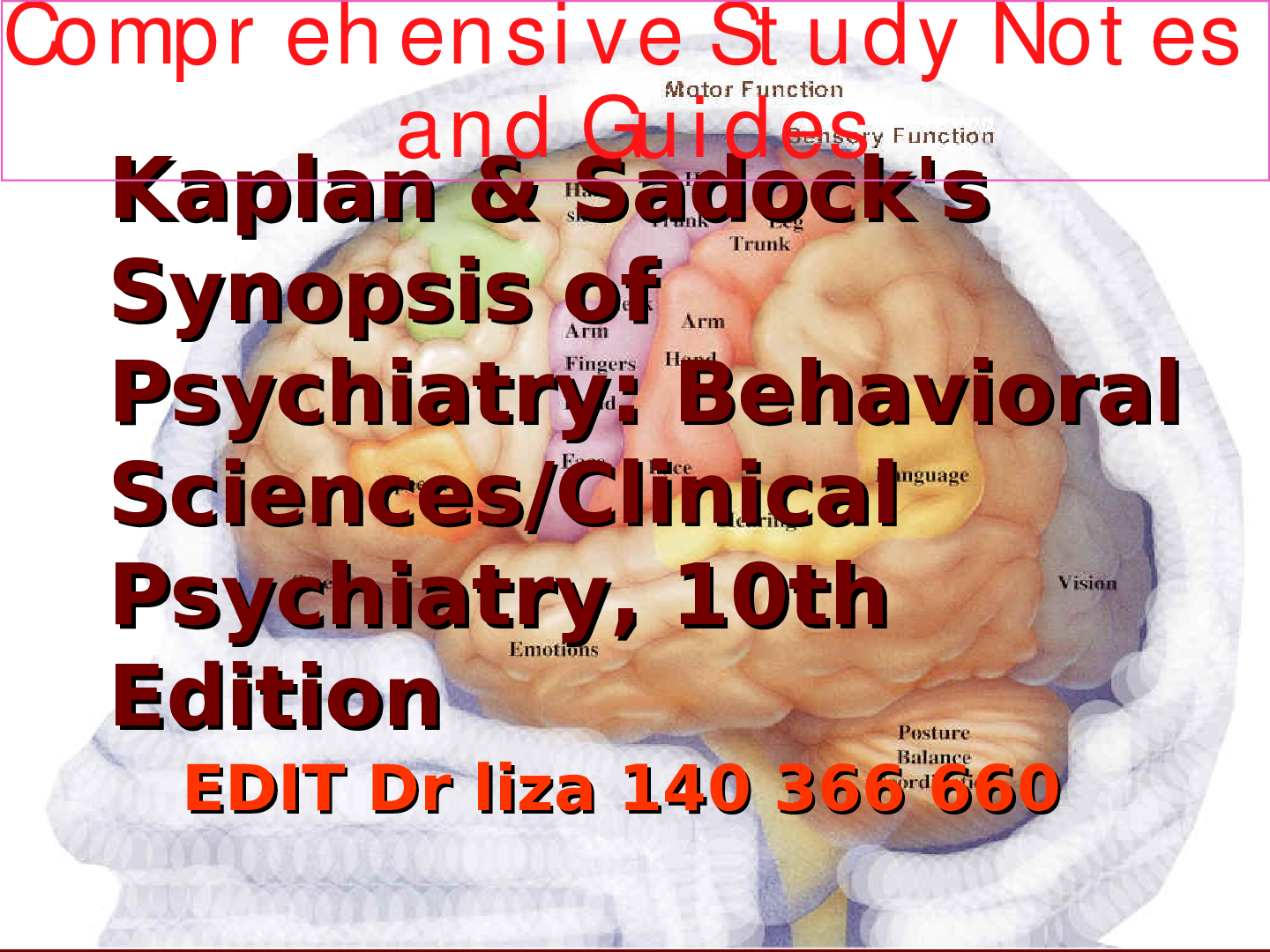
How Do Geographically Dispersed Teams Collaborate Effectively Paper.png)

